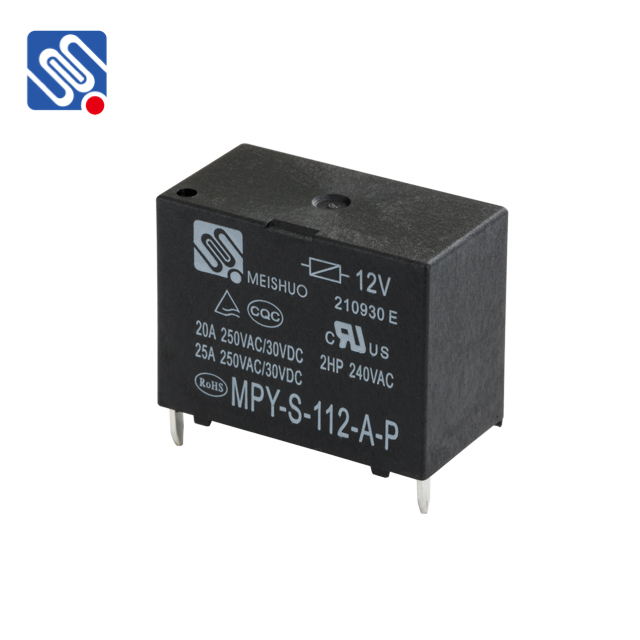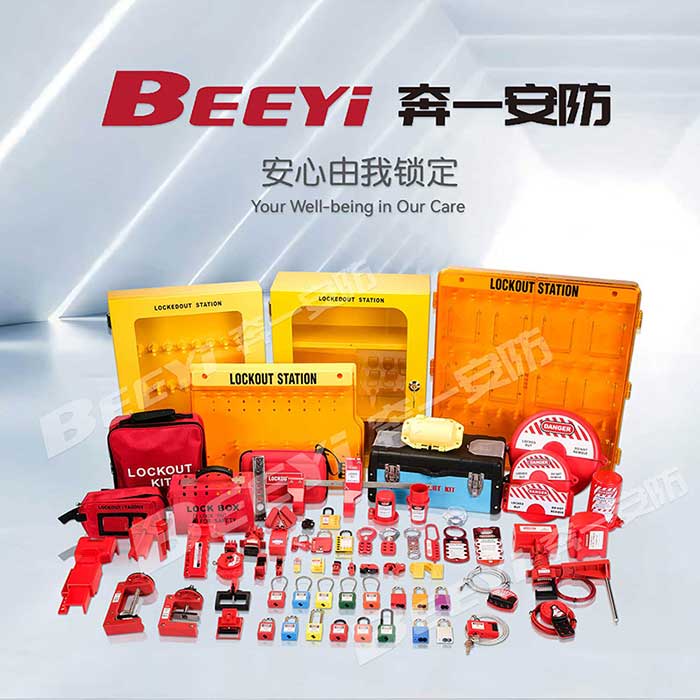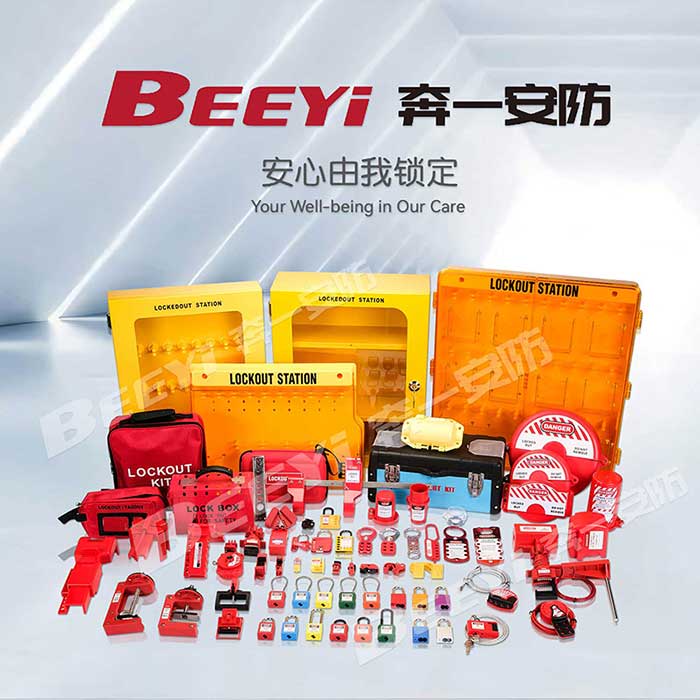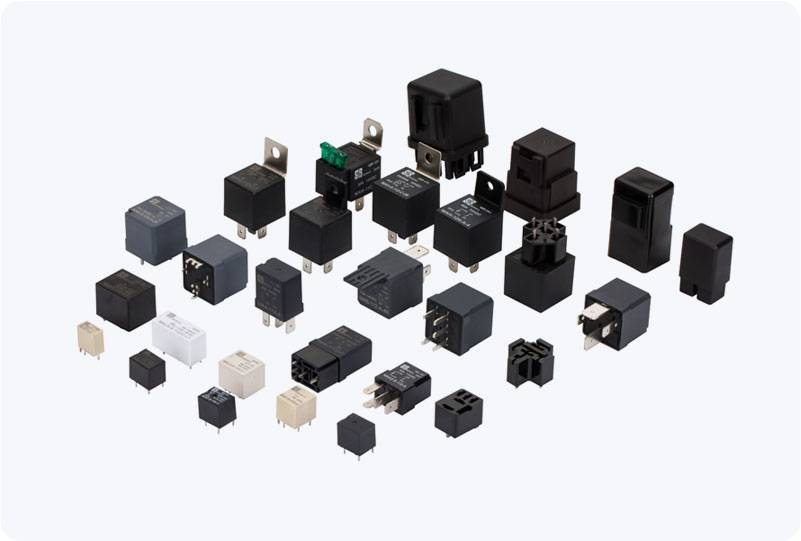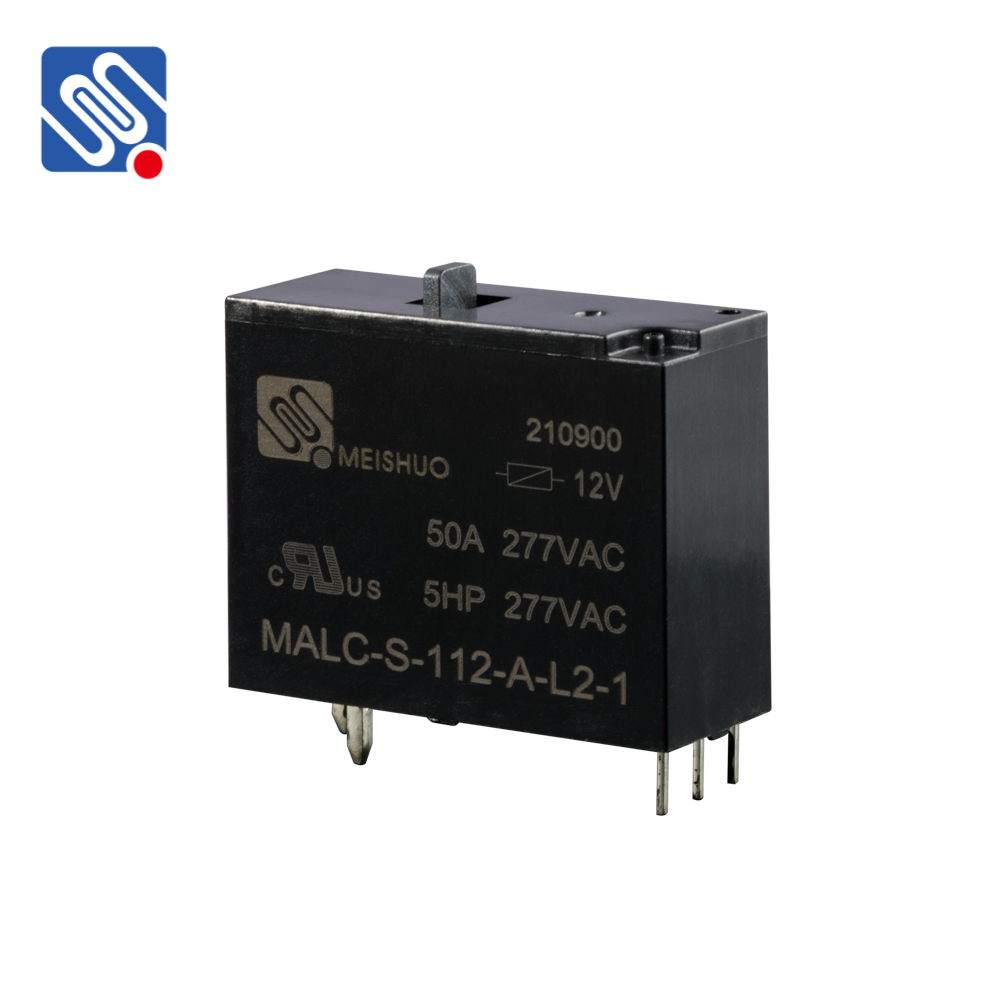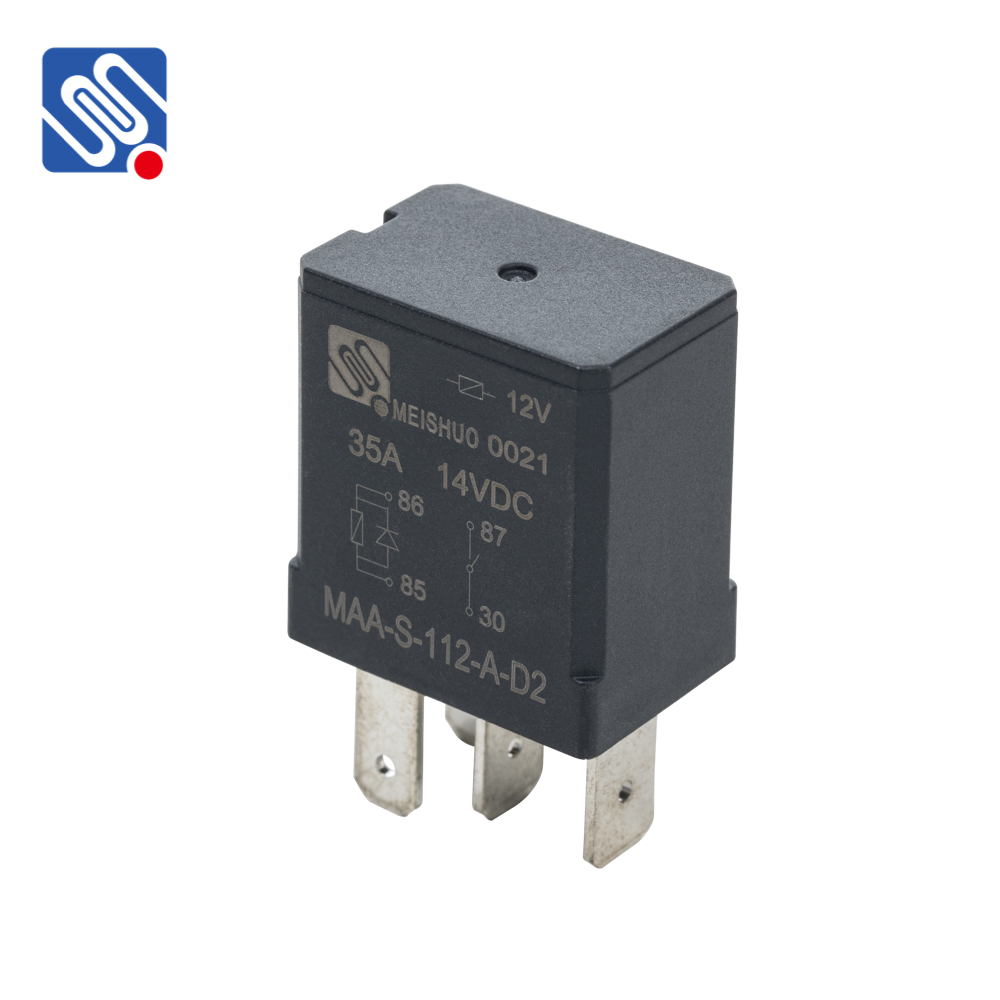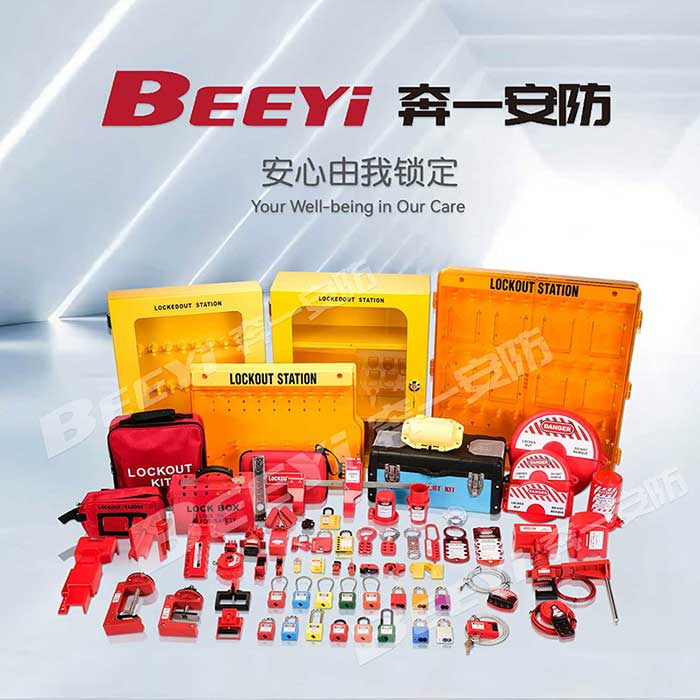Automotive relays are crucial components in modern vehicles, acting as switches that control various electrical circuits, such as lights, fans, and other essential systems. At the heart of these relays is the coil—a winding of wire that, when energized, generates a magnetic field to activate the switch. Understanding the specifications of an automotive relay coil is essential for anyone working with automotive electrical systems, whether you’re designing circuits, troubleshooting, or replacing relays. In this article, we will explore the key specifications of automotive relay coils and explain their significance.
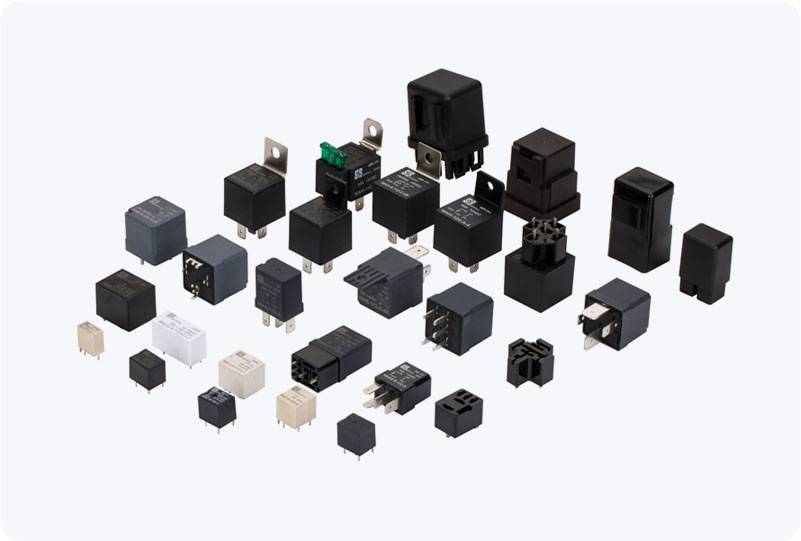
1. Coil Voltage: The Heart of the Relay The coil voltage is the electrical potential that powers the relay’s coil. In automotive systems, the most common coil voltages are 12V DC and 24V DC, which correspond to the typical voltage of most vehicles’ electrical systems. The choice of voltage is crucial because it determines the operating characteristics of the relay. A 12V relay is standard in passenger vehicles, while 24V relays are used in larger commercial vehicles such as trucks and buses. The coil voltage must be within a specific range for the relay to function correctly. A relay typically has a tolerance of ±10% of its rated voltage. For instance, a 12V relay can handle voltages ranging from 10.8V to 13.2V. The vehicle’s electrical system often experiences voltage fluctuations, especially during engine startup, so it is important for relays to tolerate these variations without malfunctioning.
